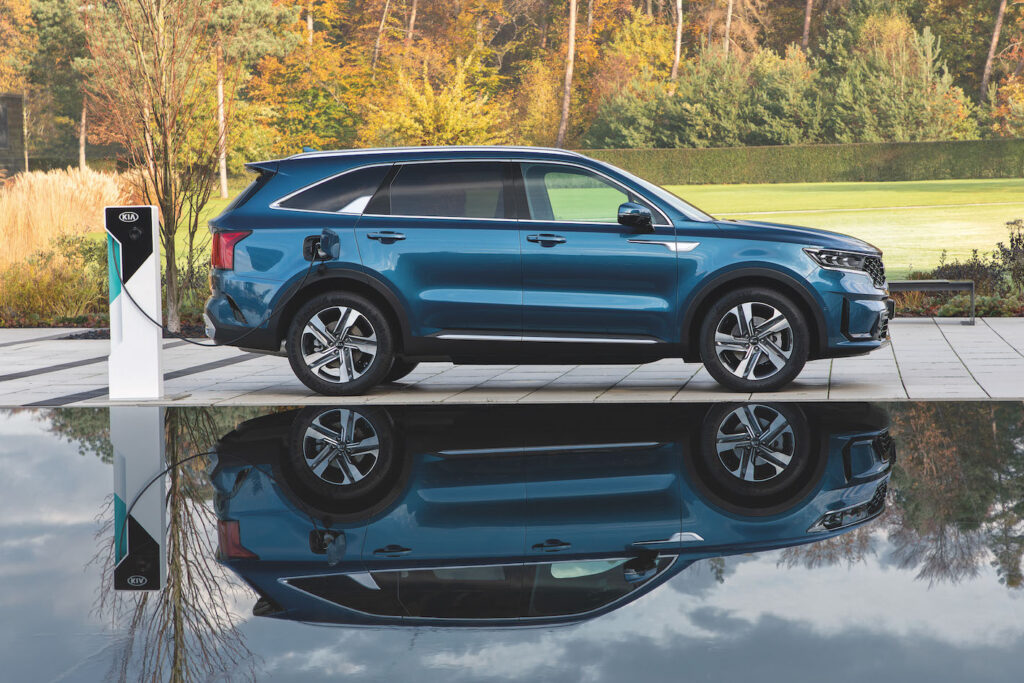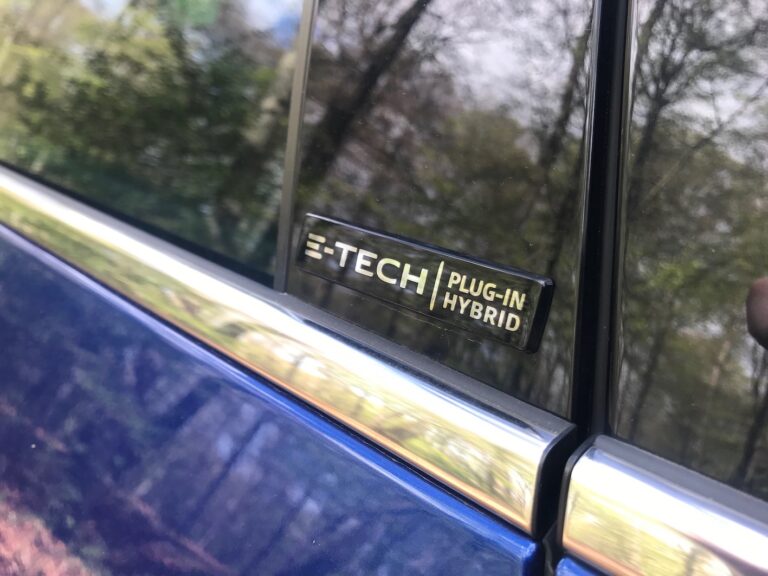Should I buy a plug-in hybrid? If you’d like a fully-electric car but it doesn’t suit your lifestyle or annual mileage, then a plug-in hybrid, or PHEV, might be worth considering.
A halfway house between an electric car and a car with a traditional internal combustion engine, a plug-in hybrid can usually cover 20-35 miles on electric power alone with an engine as a back-up for longer journeys. Usually this engine runs on petrol, but Mercedes now offers diesel PHEV models too. Plug-in hybrids also get an extended stay of execution beyond the Government’s 2030 zero-emissions plans, until 2035.

The upside to a plug-in hybrid is that if you’re covering lots of shorter journeys, then those can often be done on electric power alone. If you’re considering a plug-in hybrid as a company car, then make sure you check the official EV mileage of the model in question as it can affect your Benefit-in-Kind tax rate.
Having said that, don’t buy the car just for that tax rate. Regular charging is crucial to getting the best from a plug-in hybrid to ensure that you maximise your overall fuel economy as much as possible. You can charge a plug-in hybrid a number of ways, either through a domestic three-pin socket, a fast-charging point at home or on the road or, in some rare cases like the Range Rover Evoque P300e and Land Rover Discovery P300e, at a CCS rapid charging point.
However, if you do a high annual mileage, one downside for some of the larger SUV plug-in hybrids is that they can be uneconomical for regular longer journeys and possibly even worse than a conventional diesel-engined car.

